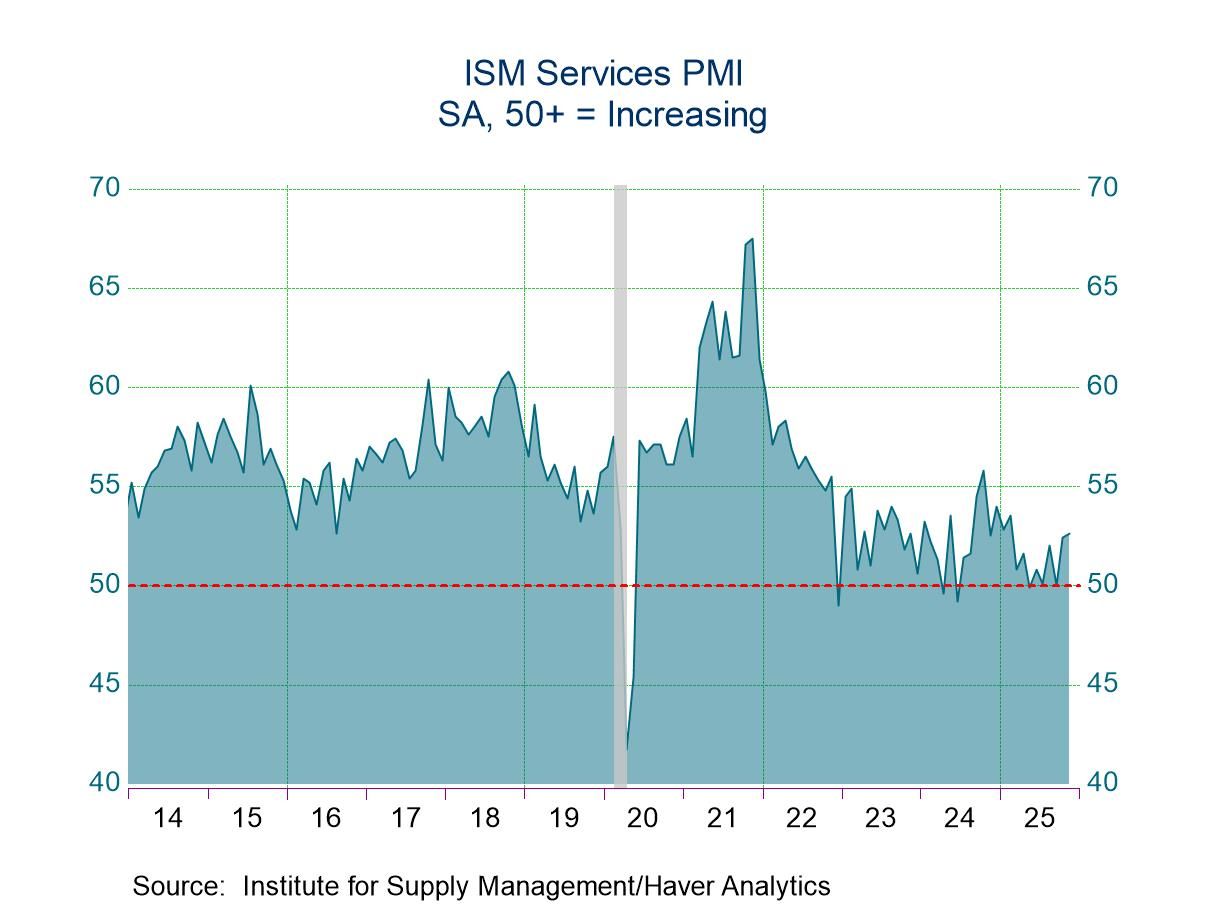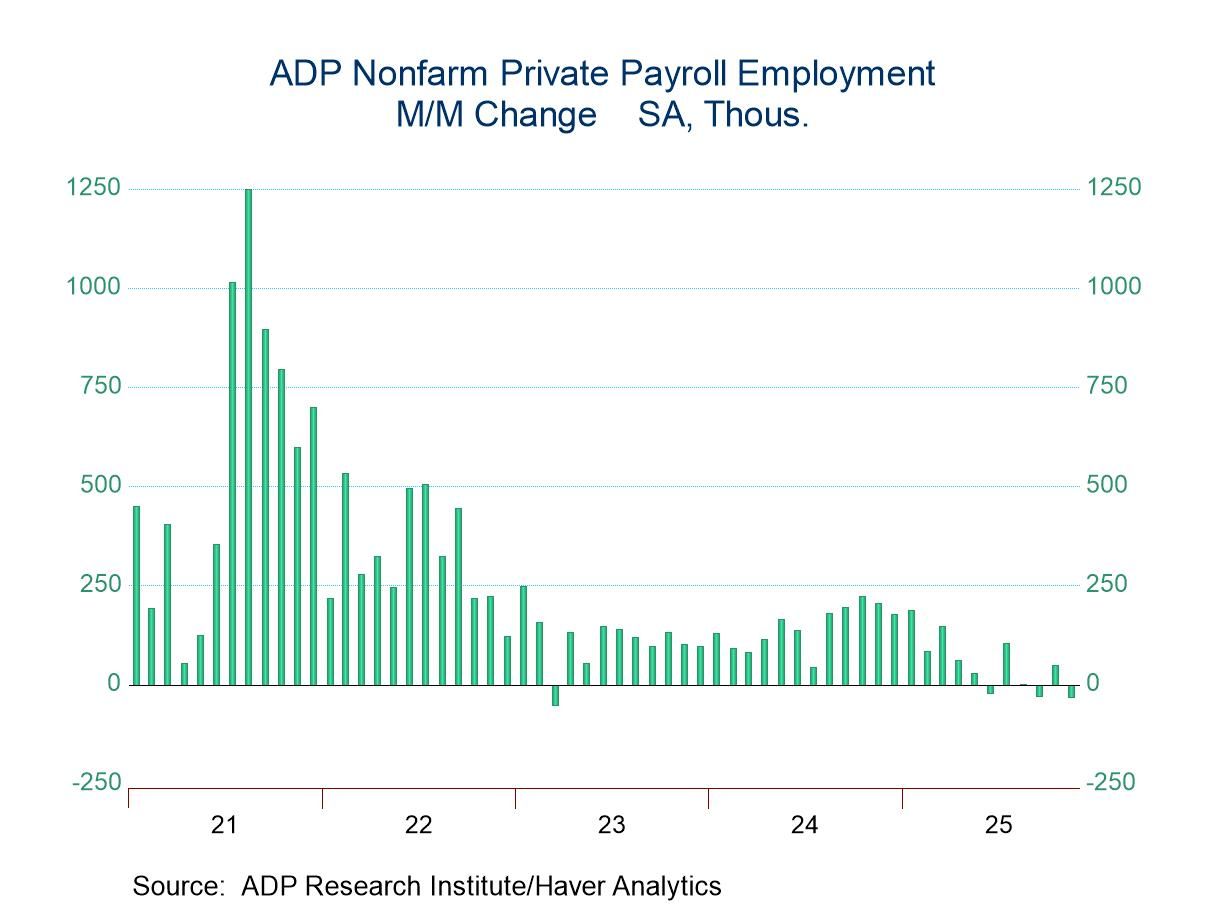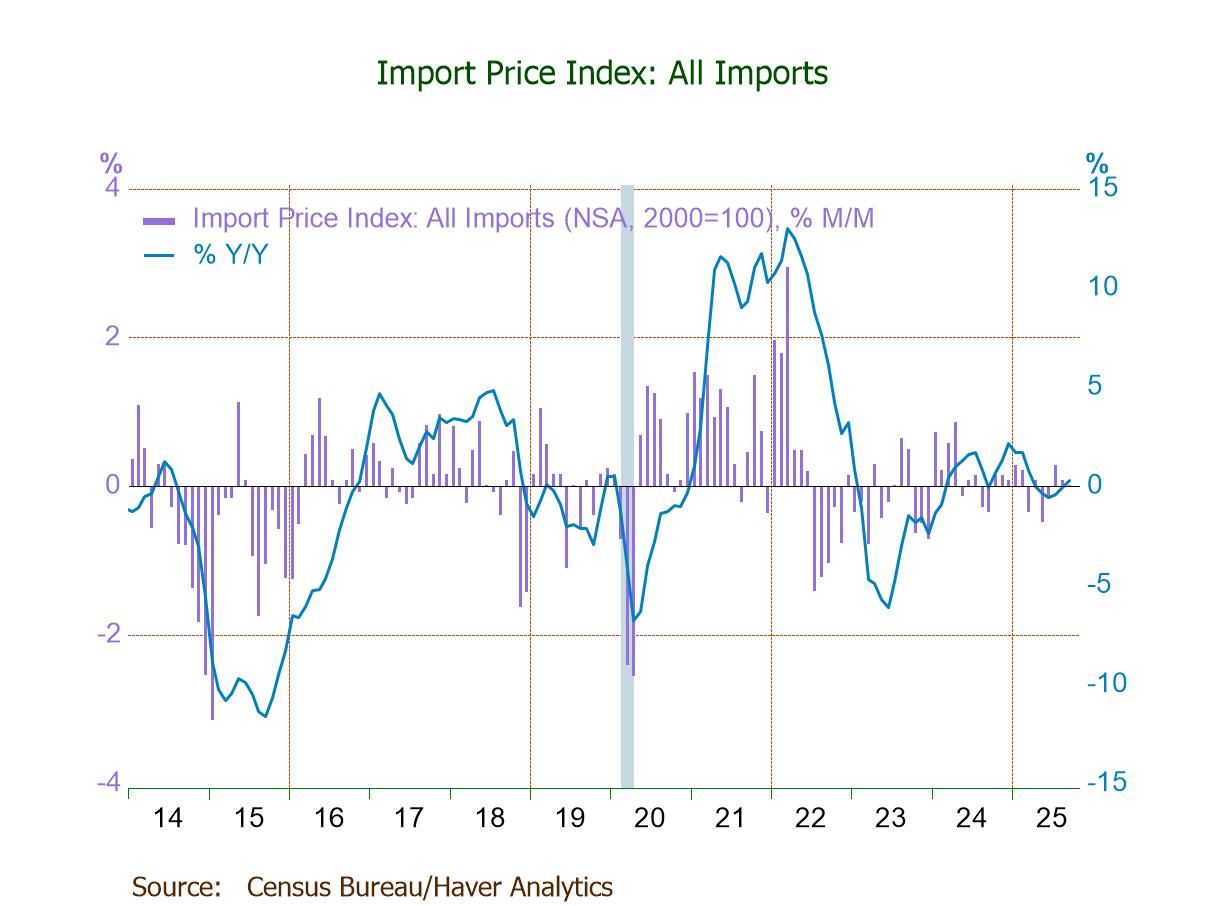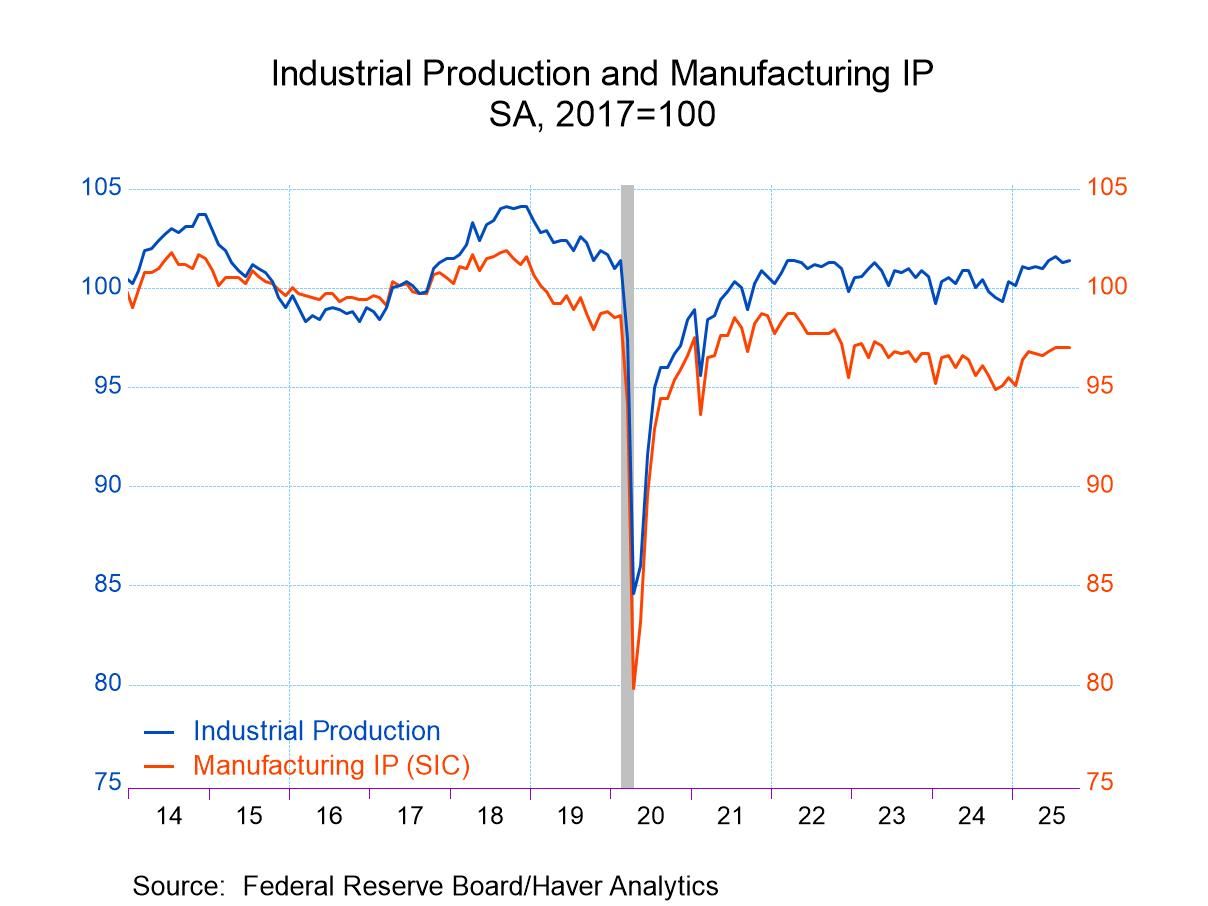 Global| Mar 04 2019
Global| Mar 04 2019Composite PMIs Show Decay Not Collapse
Summary
Composite or total economy indexes show pronounced weakness in February when the bottom seems to fall out in China and in Hong Kong as weakness permeates many other countries. However, the picture is still foggy since there are also [...]
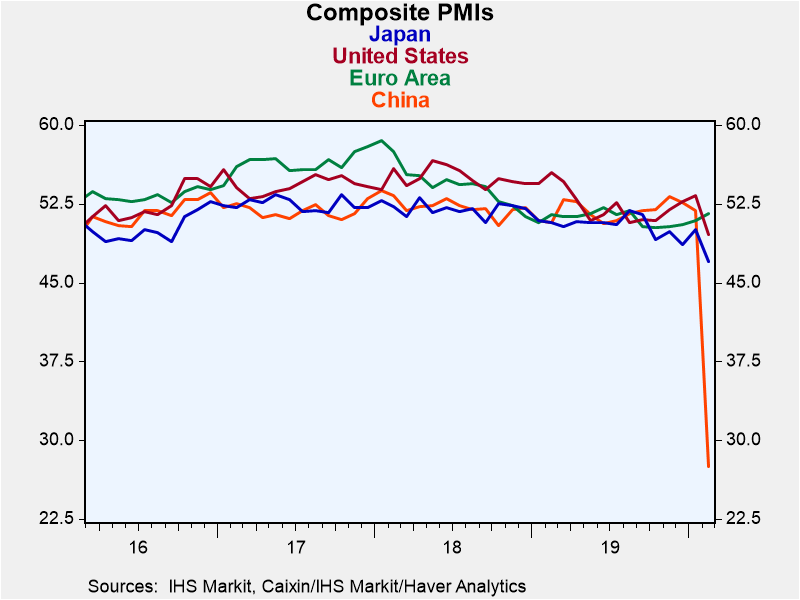 Composite or total economy indexes show pronounced weakness in February when the bottom seems to fall out in China and in Hong Kong as weakness permeates many other countries.
Composite or total economy indexes show pronounced weakness in February when the bottom seems to fall out in China and in Hong Kong as weakness permeates many other countries.
However, the picture is still foggy since there are also 10 of 23 countries with PMIs above 50 in February that also rose month-to-month. The U.S. ISM was particularly surprising, rising on the month and posting the fourth largest increase in the month-to-month PMI among countries in this table despite some sharp market declines.
Over the past three months, of the 23 entries in the table the number below 50 varies from 9 to 5 and the number falling month-to-month ranges from 8 to 11.
Over the last year, the sequential timelines of the three-month average, the six-month average and the 12-month average show that averages below 50 are growing in number from 3 to 7 to 8. However, the number of national PMIs slowing period-to-period has the opposite trend and is diminishing from 20 to 16 to 12. However, the average and median values of the PMIs are more stable and fluctuating in a narrow range than trending. Still, the average and median PMI values are lower over three months than for the average over 12 months.
The queue percentile standings flag the real problem which is that nearly all the readings are low and are below their medians back to January 2016. Only 3 of 23 reports have queue percentile standings above their medians (queue standing above 50%).
This is a table of total PMI values not just manufacturing and for a total PMI gauges even though the majority are not below 50 there is a great deal of weakness as the queue percentiles (the whole private sector standing) underscore.
I have tried to get behind the data and discover when the ISM questionnaires were filled out. The ISM organization tells me that the respondents are encouraged to fill them out as close to the end of the month as possible. However, the ISM also points out that it has never seen so many references to a single factor as it saw references to the coronavirus this month.
Globally the weakness is clearly the worst in Asia where the influence of China is the strongest. China Japan, Hong Kong, Singapore and Australia all have their total PMIs on their weakest values of this period back to January 2016. Because this weakness has created knock-on weakness to oil prices, the Saudi economy and UAE also have readings close to or at the bottom of their historic ranges. The EMU area has a weak, bottom 24 percentile standing dragged down in good measure by Germany whose own standing is in its lowest 10 percentile. Germany is highly reliant on global trade.
As we ponder the impact of the coronavirus on various economies, we are reminded that financial markets for February were mostly steady to stronger through about mid-month. It was only later in the month when confidence seemed suddenly to collapse as global equity markets fell then bond yields fell sharply that attention turned sharply to the impact of the virus.
There have long been differences between the two sets of PMI data for the U.S., one from Markit and one from the ISM. They do divide the world up differently as the ISM has manufacturing and nonmanufacturing while the Markit method splits out manufacturing and services and handles construction in a separate index. However, even the two manufacturing gauges are different for the U.S. The two manufacturing gauges are not too dissimilar in their standings in February with one at an 8% standing and the other at a 16% standing. The ISM has a 50.1 reading compared to 50.7 in the Markit framework. There is a much bigger difference in reading and standing for services compared to nonmanufacturing as the Markit gauge shows services contraction and the ISM gauge shows a 66 percentile standing, a reading well above its historic median. Of course, the ISM reading contains the construction sector, a sector that has benefitted especially as interest rates have fallen in the U.S. So it is not really possible to learn much by comparing these two similar yet different concepts. However, it seems unlikely that the construction sector alone could raise the services reading as much as it is elevated in the ISM if the ISM services readings are as weak as they are in the Markit framework. Also note that Markit readings went from relatively stronger last month to relatively weaker than the ISM this month.
The sudden collapse of stock markets and abrupt decline in bond yields, as it turns out, are unique features of markets not of activity data. With the exception of China's own PMIs, there are no month-to-month weakenings in the data commensurate to what markets themselves have done.
The impact of corona is difficult to trace partly since the trade war was still having a negative global impact despite the U.S. and China having concluded a Phase-one deal. The early news on China was that the virus was a Chinese event; then the cat got out of the bag and the virus went global having a much more potent impact on markets. This happened around mid-February and we can look at any chart of global or U.S. stock markets to see the timing. It will probably be March before the real impact of corona is present in data. Even then, the impact is likely to be mixed since in some places fear of the virus and contamination is leading to MORE DEMAND and to hoarding as people stock up on necessities. As the virus spreads, economic activity is damped as the assembly of large crowds could be restricted and may even be banned. Travel is down and the travel and convention industries are hard-hit. We have yet to see if this virus will be a global scourge or just a minor inconvenience. But everyone is getting ready. So far, the PMIs don't seem to tell us all that much.
Robert Brusca
AuthorMore in Author Profile »Robert A. Brusca is Chief Economist of Fact and Opinion Economics, a consulting firm he founded in Manhattan. He has been an economist on Wall Street for over 25 years. He has visited central banking and large institutional clients in over 30 countries in his career as an economist. Mr. Brusca was a Divisional Research Chief at the Federal Reserve Bank of NY (Chief of the International Financial markets Division), a Fed Watcher at Irving Trust and Chief Economist at Nikko Securities International. He is widely quoted and appears in various media. Mr. Brusca holds an MA and Ph.D. in economics from Michigan State University and a BA in Economics from the University of Michigan. His research pursues his strong interests in non aligned policy economics as well as international economics. FAO Economics’ research targets investors to assist them in making better investment decisions in stocks, bonds and in a variety of international assets. The company does not manage money and has no conflicts in giving economic advice.



